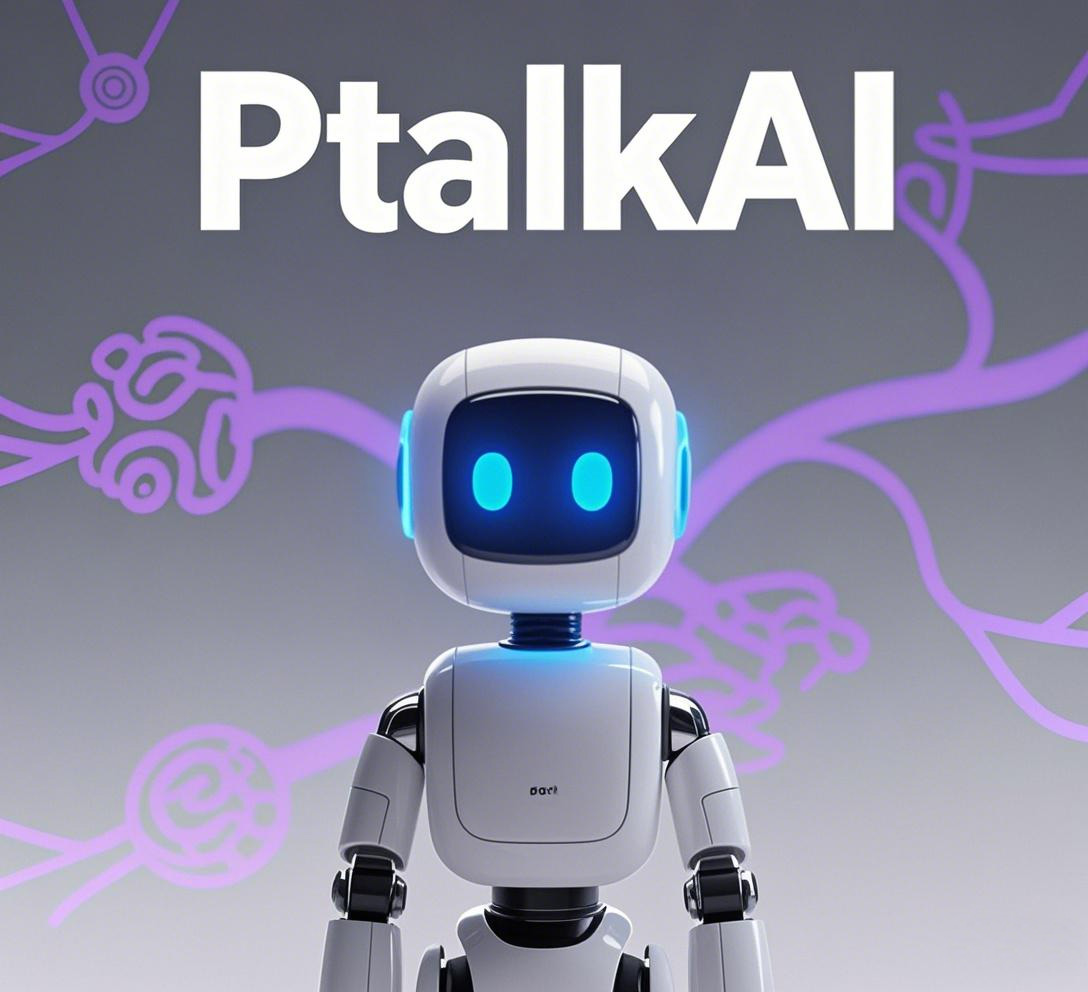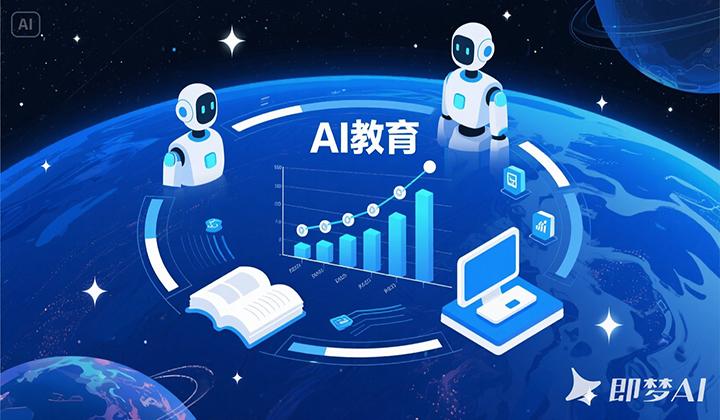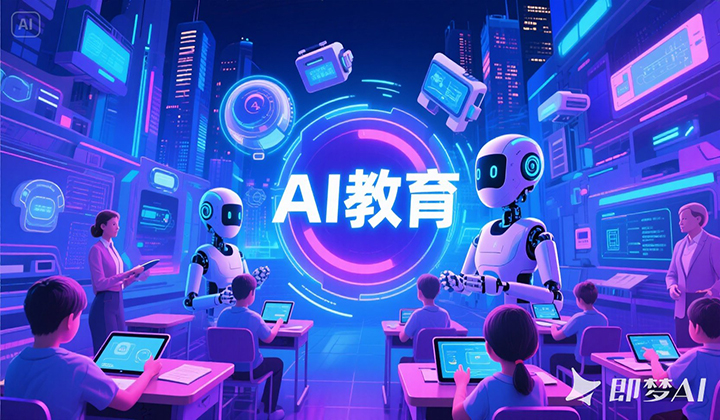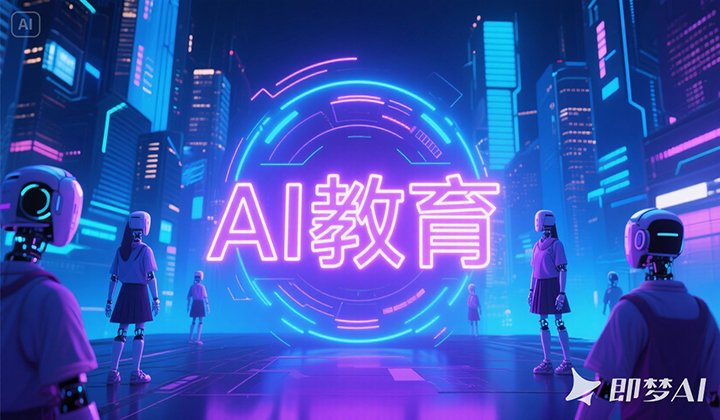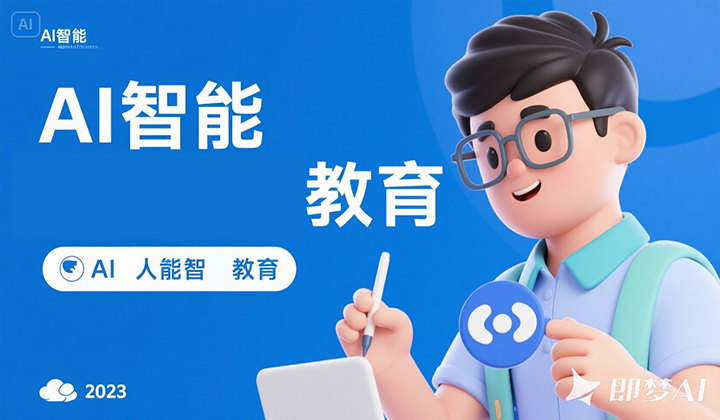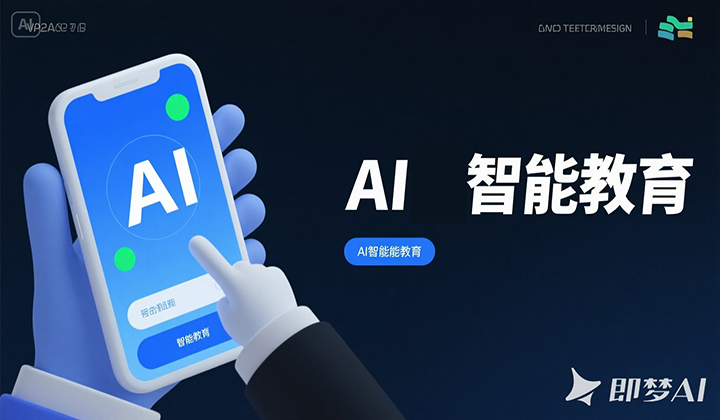AI in Education: Transforming the Learning Landscape
Linlin 2025-06-13
Artificial Intelligence (AI) is revolutionizing the education sector, bringing about a paradigm shift in the way we teach and learn. With the rapid advancements in technology, AI has become an integral part of the educational ecosystem, offering personalized learning experiences, enhancing teaching effectiveness, and improving educational access and equity. This article explores the current state of AI in education, its market potential, customer acceptance, and future prospects.
Artificial Intelligence (AI) is revolutionizing the education sector, bringing about a paradigm shift in the way we teach and learn. With the rapid advancements in technology, AI has become an integral part of the educational ecosystem, offering personalized learning experiences, enhancing teaching effectiveness, and improving educational access and equity. This article explores the current state of AI in education, its market potential, customer acceptance, and future prospects.
The Growing Market of AI in Education
The global market for AI in education is expanding at an unprecedented rate. According to a report by Market Research Future, the AI in education market is projected to reach $238.2 billion by 2030, growing at a compound annual growth rate (CAGR) of 38%. This growth is driven by several factors, including the increasing demand for personalized learning, the need for efficient teaching tools, and the growing adoption of digital learning platforms.
One of the key drivers of the AI in education market is the ability of AI to provide personalized learning experiences. AI-powered educational tools can analyze students' learning patterns, strengths, and weaknesses, and then adapt the curriculum and teaching methods to meet their individual needs. This personalized approach not only improves student engagement and motivation but also leads to better learning outcomes. For example, platforms like DreamBox Learning use AI to adapt math lessons in real-time to match a student's learning pace and style, resulting in significant improvements in student performance.
Another factor contributing to the growth of the AI in education market is the increasing demand for efficient teaching tools. Teachers are constantly looking for ways to streamline their administrative tasks, such as grading, scheduling, and attendance tracking, so they can focus more on teaching and student support. AI-powered tools can automate these tasks, saving teachers valuable time and effort. For instance, automated grading systems can quickly and accurately grade multiple-choice tests, freeing up teachers to provide more in-depth feedback on written assignments.
Customer Acceptance and Adoption
The adoption of AI in education is being embraced by various stakeholders, including students, teachers, parents, and educational institutions. Students are finding AI-powered learning tools to be engaging and effective, as they offer personalized learning experiences and instant feedback. For example, language learning apps like Duolingo use AI to provide personalized language learning experiences, offering real-time feedback and practice tailored to each user's performance. This has made language learning more accessible and enjoyable for millions of users worldwide.
Teachers are also recognizing the benefits of AI in the classroom. AI can help teachers create more engaging lesson plans, provide personalized instruction, and assess student progress more effectively. For example, platforms like Khanmigo not only provide tutoring in various subjects but also assist teachers in creating lesson plans and analyzing student performance. This enables teachers to focus on providing high-quality instruction and support to their students.
Parents are becoming more aware of the potential of AI in education and are increasingly willing to invest in AI-powered educational products and services for their children. They see AI as a way to enhance their child's learning experience and prepare them for the digital age. Educational institutions are also investing in AI technologies to improve the quality of education, increase student retention, and enhance their competitiveness. For example, many universities are using AI to analyze student data and predict student success, allowing them to intervene early and provide targeted support to students at risk of dropping out.
Future Prospects and Predictions
The future of AI in education looks extremely promising. As AI technology continues to advance, we can expect to see even more innovative applications in the education sector. One of the key trends in the future of AI in education will be the integration of AI with other emerging technologies, such as virtual reality (VR), augmented reality (AR), and blockchain. For example, VR and AR can create immersive learning environments that allow students to interact with virtual objects and scenarios, making learning more engaging and memorable. Blockchain technology can be used to securely store and manage student data, ensuring data privacy and integrity.
Another trend in the future of AI in education will be the development of more advanced personalized learning systems. These systems will be able to analyze a wider range of data, including students' emotional states, learning preferences, and social interactions, to provide even more personalized learning experiences. For example, AI-powered systems may be able to detect when a student is feeling frustrated or disengaged and adjust the learning content or teaching method accordingly.
In addition, AI will play a crucial role in addressing the global challenge of providing quality education to all. AI-powered educational tools and platforms can make education more accessible and affordable, especially in developing countries where access to quality education is limited. For example, online learning platforms that use AI to provide personalized instruction can reach students in remote areas who may not have access to traditional educational resources.
In conclusion, AI is transforming the education sector, offering new opportunities for personalized learning, improved teaching effectiveness, and increased educational access and equity. The market for AI in education is growing rapidly, and customers are increasingly accepting and adopting AI-powered educational products and services. As we look to the future, the potential of AI in education is limitless, and it will continue to play a crucial role in shaping the future of learning.
The Growing Market of AI in Education
The global market for AI in education is expanding at an unprecedented rate. According to a report by Market Research Future, the AI in education market is projected to reach $238.2 billion by 2030, growing at a compound annual growth rate (CAGR) of 38%. This growth is driven by several factors, including the increasing demand for personalized learning, the need for efficient teaching tools, and the growing adoption of digital learning platforms.
One of the key drivers of the AI in education market is the ability of AI to provide personalized learning experiences. AI-powered educational tools can analyze students' learning patterns, strengths, and weaknesses, and then adapt the curriculum and teaching methods to meet their individual needs. This personalized approach not only improves student engagement and motivation but also leads to better learning outcomes. For example, platforms like DreamBox Learning use AI to adapt math lessons in real-time to match a student's learning pace and style, resulting in significant improvements in student performance.
Another factor contributing to the growth of the AI in education market is the increasing demand for efficient teaching tools. Teachers are constantly looking for ways to streamline their administrative tasks, such as grading, scheduling, and attendance tracking, so they can focus more on teaching and student support. AI-powered tools can automate these tasks, saving teachers valuable time and effort. For instance, automated grading systems can quickly and accurately grade multiple-choice tests, freeing up teachers to provide more in-depth feedback on written assignments.
Customer Acceptance and Adoption
The adoption of AI in education is being embraced by various stakeholders, including students, teachers, parents, and educational institutions. Students are finding AI-powered learning tools to be engaging and effective, as they offer personalized learning experiences and instant feedback. For example, language learning apps like Duolingo use AI to provide personalized language learning experiences, offering real-time feedback and practice tailored to each user's performance. This has made language learning more accessible and enjoyable for millions of users worldwide.
Teachers are also recognizing the benefits of AI in the classroom. AI can help teachers create more engaging lesson plans, provide personalized instruction, and assess student progress more effectively. For example, platforms like Khanmigo not only provide tutoring in various subjects but also assist teachers in creating lesson plans and analyzing student performance. This enables teachers to focus on providing high-quality instruction and support to their students.
Parents are becoming more aware of the potential of AI in education and are increasingly willing to invest in AI-powered educational products and services for their children. They see AI as a way to enhance their child's learning experience and prepare them for the digital age. Educational institutions are also investing in AI technologies to improve the quality of education, increase student retention, and enhance their competitiveness. For example, many universities are using AI to analyze student data and predict student success, allowing them to intervene early and provide targeted support to students at risk of dropping out.
Future Prospects and Predictions
The future of AI in education looks extremely promising. As AI technology continues to advance, we can expect to see even more innovative applications in the education sector. One of the key trends in the future of AI in education will be the integration of AI with other emerging technologies, such as virtual reality (VR), augmented reality (AR), and blockchain. For example, VR and AR can create immersive learning environments that allow students to interact with virtual objects and scenarios, making learning more engaging and memorable. Blockchain technology can be used to securely store and manage student data, ensuring data privacy and integrity.
Another trend in the future of AI in education will be the development of more advanced personalized learning systems. These systems will be able to analyze a wider range of data, including students' emotional states, learning preferences, and social interactions, to provide even more personalized learning experiences. For example, AI-powered systems may be able to detect when a student is feeling frustrated or disengaged and adjust the learning content or teaching method accordingly.
In addition, AI will play a crucial role in addressing the global challenge of providing quality education to all. AI-powered educational tools and platforms can make education more accessible and affordable, especially in developing countries where access to quality education is limited. For example, online learning platforms that use AI to provide personalized instruction can reach students in remote areas who may not have access to traditional educational resources.
In conclusion, AI is transforming the education sector, offering new opportunities for personalized learning, improved teaching effectiveness, and increased educational access and equity. The market for AI in education is growing rapidly, and customers are increasingly accepting and adopting AI-powered educational products and services. As we look to the future, the potential of AI in education is limitless, and it will continue to play a crucial role in shaping the future of learning.






